Wood has been used since ancient times to make furniture, houses, boats, the fuselage of early aircraft and many other objects. Modern materials such as steel, concrete and plastic have replaced it because they are much stronger and harder. But now the performance of a material is also judged in terms of its environmental impact, and wood is the clear winner in this respect. So it's back in the spotlight, and scientists are finding new ways to increase its performance. This is the case for group of researchers at the University of Maryland which has succeeded in obtaining a wood with remarkable properties, being 12 times stronger and 10 times harder than before treatment, comparable to steel, titanium alloys or carbon fibre.
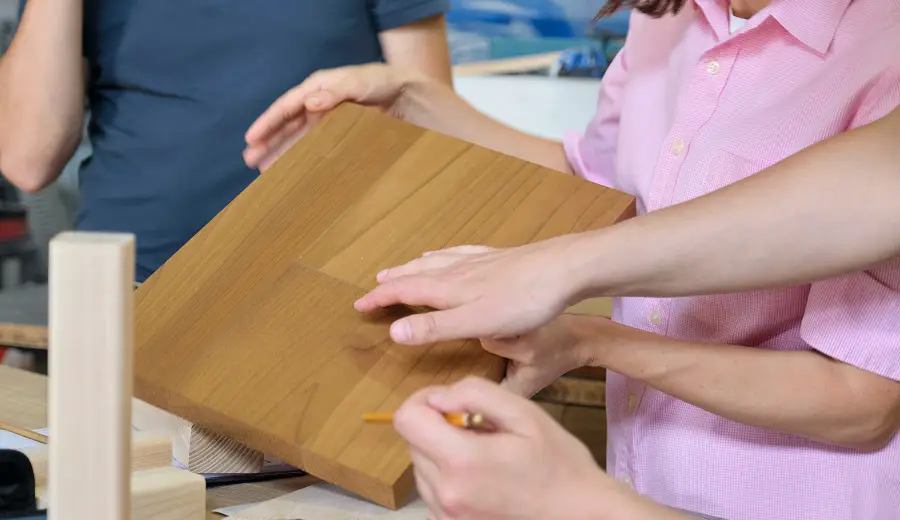
Removing part of the lignin and pressing the heated wood
Treated may not be the most appropriate term because the wood is not treated with any other substance but just processed in a certain way. Unlike Accoya or Kebonywhere the wood has been treated with different resins to increase its resistance to the outside, super wood - as it was called - was subjected to a partial delignification treatment followed by pressing.
The main materials from which wood is made are cellulose, hemicelluloses and lignin. They are what create the wood cell. Cellulose and hemicelluloses are what form the matrix, with lignin impregnating this matrix which gives wood its rigidity, weight and colour. Researchers at the University of Maryland, who in the past have also succeeded in obtaining transparent wood, they subjected the wood to partial delignification with chemicals and then pressed it for 24 hours, during which time the wood was permanently heated to 65°C.
The partial removal of lignin has made the wood lighter and spongy. The subsequent pressure collapsed the cell walls, the cellulose fibres compacting and forming new, very strong hydrogen bonds. Pressing also eliminated defects such as voids, twisted fibre or knots, and the wood's properties became uniform.
It should be noted that the researchers have managed to find that limit of delignification that leads to remarkable performance of the material obtained. A higher or lower percentage of lignin removed leads to very different results, with the resulting wood having much lower performance. All this is due to the hydrogen bonds formed when the percentage of lignin remaining in the wood structure is optimal.
A wood with new properties, much stronger and harder
The resulting wood is 5 times thinner than it was originally, but 12 times stronger and 10 times harder. Nails were made from this material and hammered into the wood by passing it easily through 3 plates or knives that cut thick pieces of beef. The material was also subjected to bullet-like projectile fire, which passed easily through normal wood but failed to penetrate the densified wood. The test can be seen here.
When used in construction, wood is reproaches that although it is very strong along the fibre, it fails when force is applied perpendicular to it. In the case of densified wood, it takes 10 times the force to make it yield. Densified wood is just as strong as steel, but 6 times lighter. Researchers believe the new material could be used in the manufacture of cars and planes, in construction, virtually anywhere steel is used.
Applying the method on an industrial scale would allow the use of fast-growing species with very low strength and hardness to obtain a highly resistant material that is both biodegradable and has a low carbon footprint. This would protect species with very good qualities but very slow growth. Combined with permanent reforestation and sustainable logging, it would be a very good way to use high-performance materials without harming the environment and the health of the planet's inhabitants.
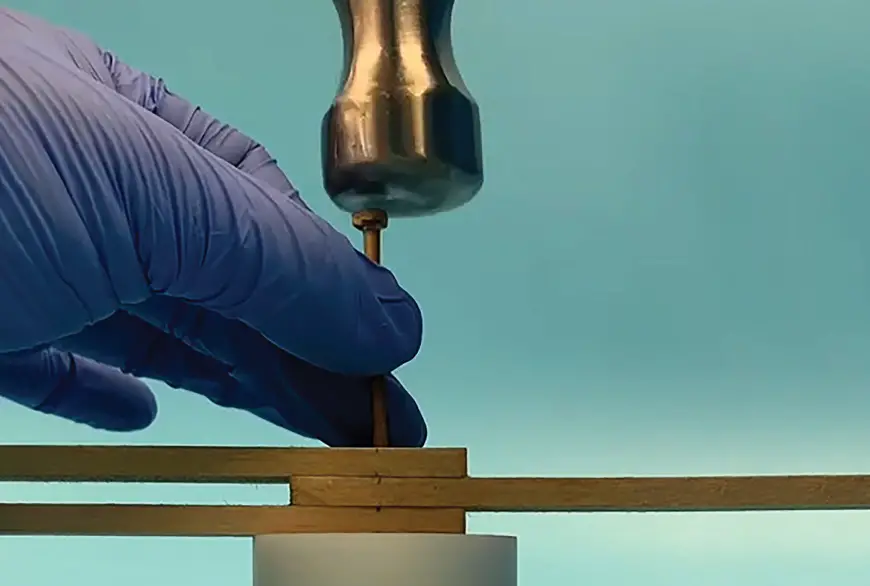
Although highly resilient, water is still a vulnerability
As there is no perfect material and super wood has its weakness, namely vulnerability to water. The new material does not lose the wood's recognised affinity for water, and with increasing humidity, its physical and mechanical properties decrease. Densified wood must therefore be protected from water and moisture in order to benefit from its unique properties. One method of keeping water out is coating or partial impregnation with oils. This is a method inspired from the past when boat protection was done with oil or tar obtained by heating wood at high temperatures.
However, the affinity for water is useful for wood biodegradation. Current requirements are to increasingly use biodegradable products that do not harm the environment in the long term. Wood is such a material, but it needs water to degrade. That's why we need to find that fine balance between moisture resistance and moisture affinity.
The 21st century seems to be about wood
Although the first densified wood was obtained more than 5 years ago, the research results have not yet reached industrial level. But it is a process that takes time and investment, and the group of researchers has already made some contacts. It will most certainly reach that level because the 21st century seems to be the century of wood. The emergence of new and industrialised products that make the construction industry use it more and more shows the desire to make wood a better performing material. And super wood is one such material.
However, in order to continue to enjoy wood and its special qualities, we need sustainable logging, permanent afforestation and solutions for using species that are considered inferior but are much faster growing.


















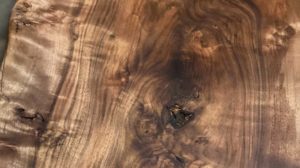


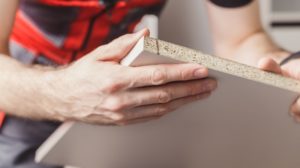

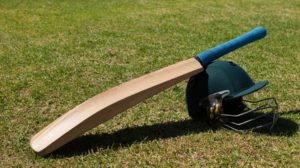
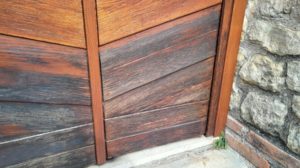

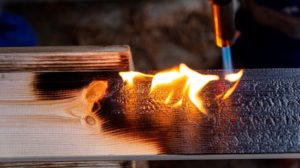

Add comment